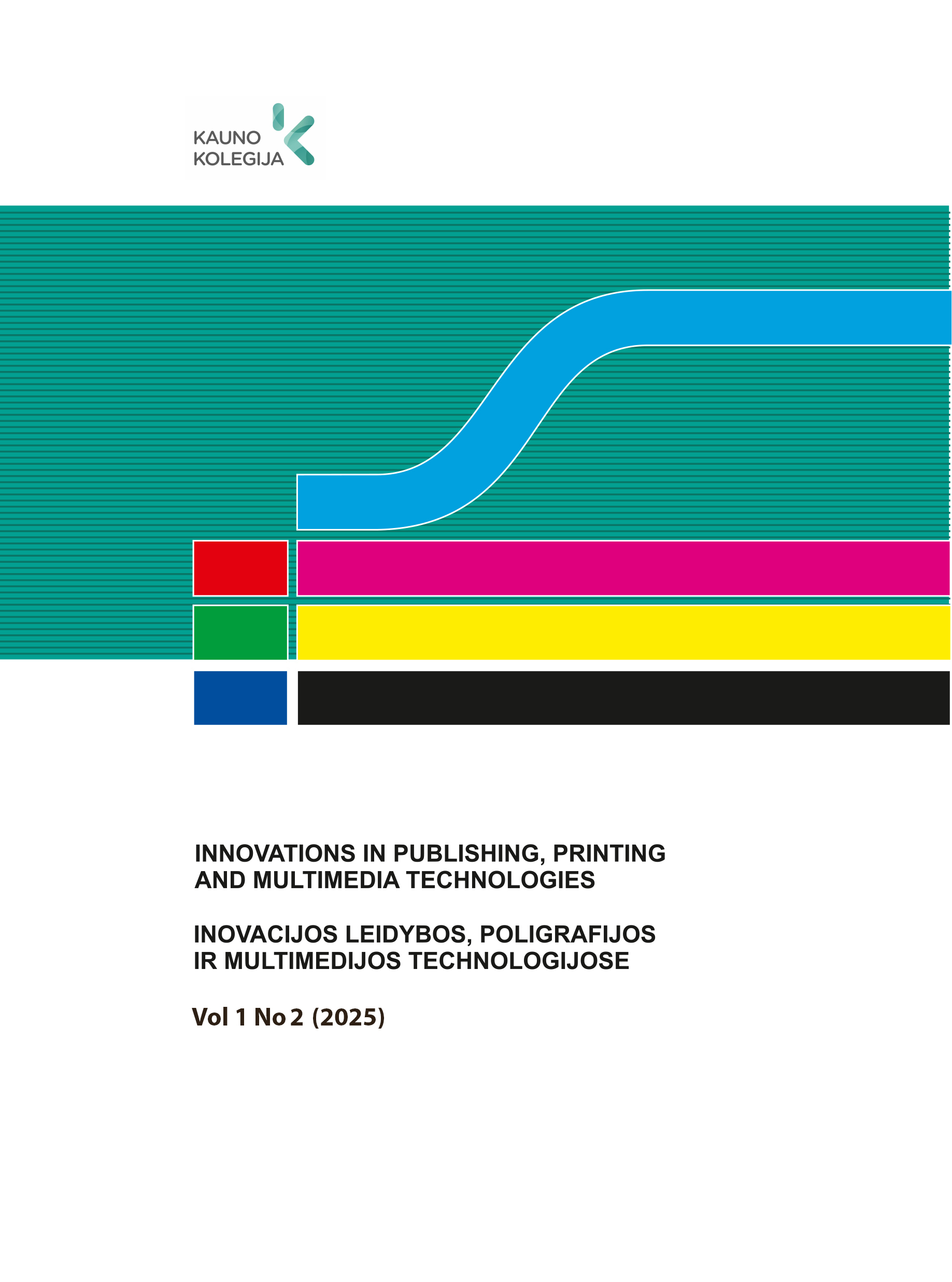An overview of multimedia innovation in the Western Balkans
DOI:
https://doi.org/10.59476/ilpmt2025.v1i2.30-39Keywords:
multimedia innovation, digital transformation, Western BalkansAbstract
The Western Balkans is increasingly becoming a fertile ground for multimedia innovation. With rapid advancements in technology and a growing interest in digital transformation, the region is witnessing significant developments in multimedia, digital content creation, and innovative digital solutions. This study aims to explore the extent of multimedia innovation in the Western Balkans by addressing the following research question: How are multimedia industries developing in Albania, Bosnia and Herzegovina, Kosovo, Montenegro, North Macedonia, and Serbia, and what factors influence their growth?
The methodology of this research is based on a qualitative approach, incorporating an extensive review of academic literature, policy documents, and industry reports. Secondary sources, such as reports from international organizations like the European Commission, World Bank, UNESCO, and UNDP, were analyzed to understand regional trends in multimedia innovation. Additionally, information from official government websites, film festivals, and multimedia industry stakeholders was included to ensure a comprehensive assessment of the sector.
Numerous initiatives and institutions are driving multimedia innovation in the Western Balkans. The Marubi Academy of Film and Multimedia in Albania stands out as a premier institution offering education and training in film, television, and digital media. Similarly, the Faculty of Dramatic Arts in Belgrade, Serbia, provides comprehensive programs in multimedia arts. Additional institutions such as the Academy of Arts in Novi Sad and the University of Sarajevo’s Faculty of Performing Arts also contribute significantly to training future multimedia professionals. Sarajevo Film Festival and the Anibar International Animation Festival in Kosovo have become prominent platforms for showcasing multimedia works. Technological advancements such as augmented reality (AR), virtual reality (VR), and artificial intelligence (AI) are being integrated into multimedia projects in the Western Balkans.
Despite advancements, challenges remain, particularly in areas such as infrastructure development, access to high-quality equipment, and the need for more specialized education programs in multimedia fields. Addressing these gaps will be crucial to unlocking the full potential of the region’s creative economy. Governments across the Western Balkans have made significant strides in creating a favorable environment for digital innovation, but continued support, both financially and in terms of policy reforms, will be necessary to overcome existing barriers. Additionally, collaboration between countries in the region, as well as with international partners, will be key to creating a more sustainable and competitive multimedia ecosystem. Investment in digital education and training will be critical in nurturing talent and ensuring that the region will remain competitive in the future.
References
1. Anibar Festival. (2022). Anibar International Animation Festival. Retrieved from https://www.anibar.org INNOVATIONS IN PUBLISHING, PRINTING AND MULTIMEDIA TECHNOLOGIES 37
2. Digital Serbia Initiative. (2023). Serbia’s Growing Gaming Industry: A Hub for Multimedia Innovation. Retrieved from https://www.dsi.rs
3. EBRD. (2023). Investing in the Creative and Digital Industries of the Western Balkans. European Bank for Reconstruction and Development. Retrieved from https://www.ebrd.com
4. European Commission. (2023). Digital Transformation and Creative Industry Development in the Western Balkans. Retrieved from https:// ec.europa.eu
5. European Investment Bank. (2023). Supporting Digital Innovation in the Western Balkans: A Regional Perspective. Retrieved from https://www. eib.org
6. Marubi Academy. (2023). Marubi Academy of Film and Multimedia: Shaping Albania’s Creative Future. Retrieved from https://www.marubifilmacademy.al
7. Sarajevo Film Festival. (2023). Fostering Multimedia Innovation Through Film and Digital Media. Retrieved from https://www.sff.ba
8. UNDP. (2023). Strengthening Multimedia and Digital Education in the Western Balkans. Retrieved from https://www.undp.org
9. UNESCO. (2022). Creative Economies and Digital Transformation in Southeast Europe. Retrieved from https://www.unesco.org
10. UNESCO. (2023). Cultural and Creative Industries in Montenegro and the Balkans: Emerging Opportunities. Retrieved from https://www.unesco.org
11. Western Balkans Digital Summit. (2022). Kosovo’s Growing Role in the Digital Economy and Multimedia Innovation. Retrieved from https:// www.digital-summit.eu
12. World Bank. (2023). Innovation and Digital Development in the Western Balkans: Policy Insights and Investments. Retrieved from https://www. worldbank.org
Downloads
Published
Issue
Section
License
Copyright (c) 2025 Petrit Dollani

This work is licensed under a Creative Commons Attribution 4.0 International License.

